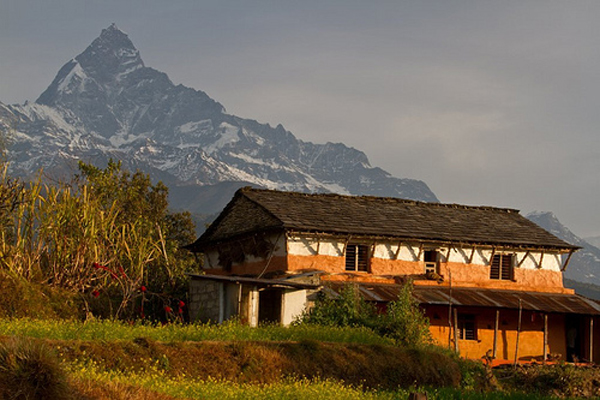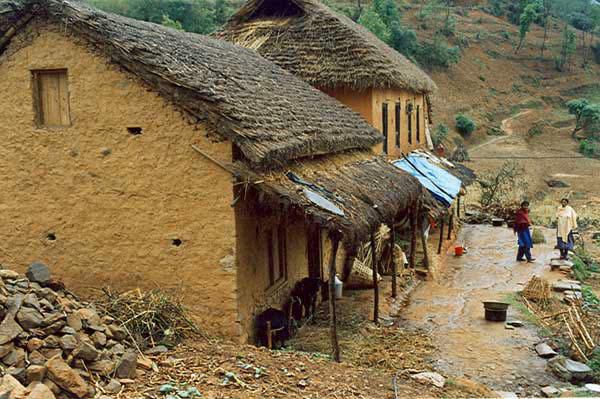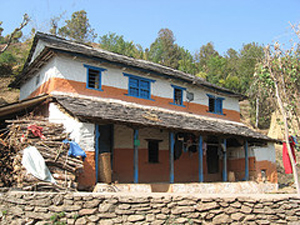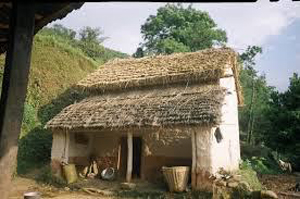
As most readers have already heard, I am touring earthbag projects near Kathmandu in collaboration with Good Earth Nepal.org (winner of NEA design award). Every day is exciting, informative and productive even though there are many challenges traveling in rural areas on heavily damaged mountain roads. For instance, the “main road” to China, which one would think is a major trade route, in some places looks like a bulldozer simply cleared aside a crude path on top of millions of tons of rocks. And that is in fact what it is!

In other places, roads are so narrow along the face of steep cliffs that vehicles can barely pass. There are large holes, cracks and chunks of missing pavement everywhere. Such is the state of Nepal’s roads one year after the earthquake due to government inefficiency and inaction. They have the money to build thousands of kilometers of new roads, build new hydro power plants and so on, but the whole political process here has totally broken down. Little or none of the government promised reconstruction funds have been released and so people are forced to live in crude shelters and make do with what they have. In general, the remote places we are touring look much like a war zone with countless collapsed houses, 100,000 collapsed schools and rubble piles everywhere.

Against this grim backdrop, the projects we are seeing by small NGOs are incredible and give much hope of a better future for Nepal. That’s good because large NGOs can’t get required government approvals, therefore they are unable to start projects even though billions of dollars in donations are sitting idle in bank accounts. Obviously all this is very frustrating since life here is difficult even in the best of times. Every newspaper I’ve seen is a series of angry articles against government inaction and fraud. And, everyone I’ve talked to says the same thing.

Back to the positive news about the projects we are seeing. The big picture is one of rapid improvement in construction technique and excellent progress over all. These schools and houses are among the strongest, safest buildings in Nepal without a doubt. Nepali architects and engineers, including the Nepal Engineers’ Association, are supportive of earthbag construction. There has been a big improvement in quality in the first prototypes built a year ago and the projects now being completed. The latest projects use concrete bond beams, large buttresses, earthbag benches, vertical rebar pinning, cement plaster and lightweight metal roofing. The workmanship now is high — walls are plumb and straight, and almost indistinguishable from standard masonry buildings in the area. The locals love earthbag and have been a big help in completing the projects. Professional workers are paid wages, plus volunteers often contribute their labor. The number of successfully completed projects steadily grows. No one knows the exact number, but we know of dozens of newly completed earthbag structures near Kathmandu. The details of these projects will be feature stories here on our blog when I have more time. Please stay tuned.
